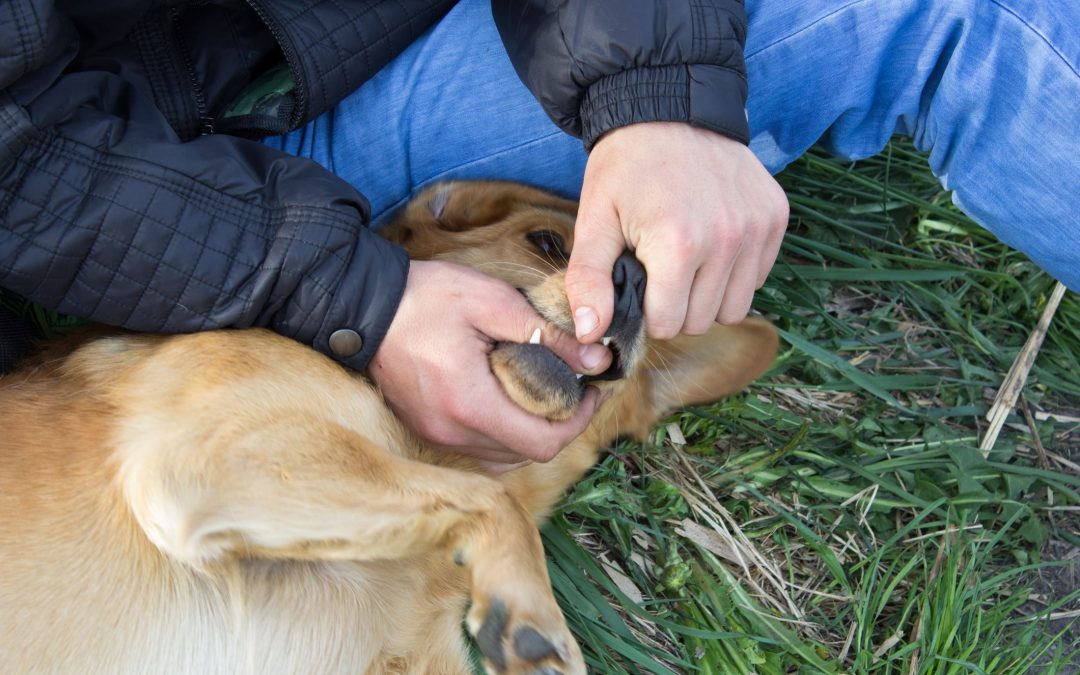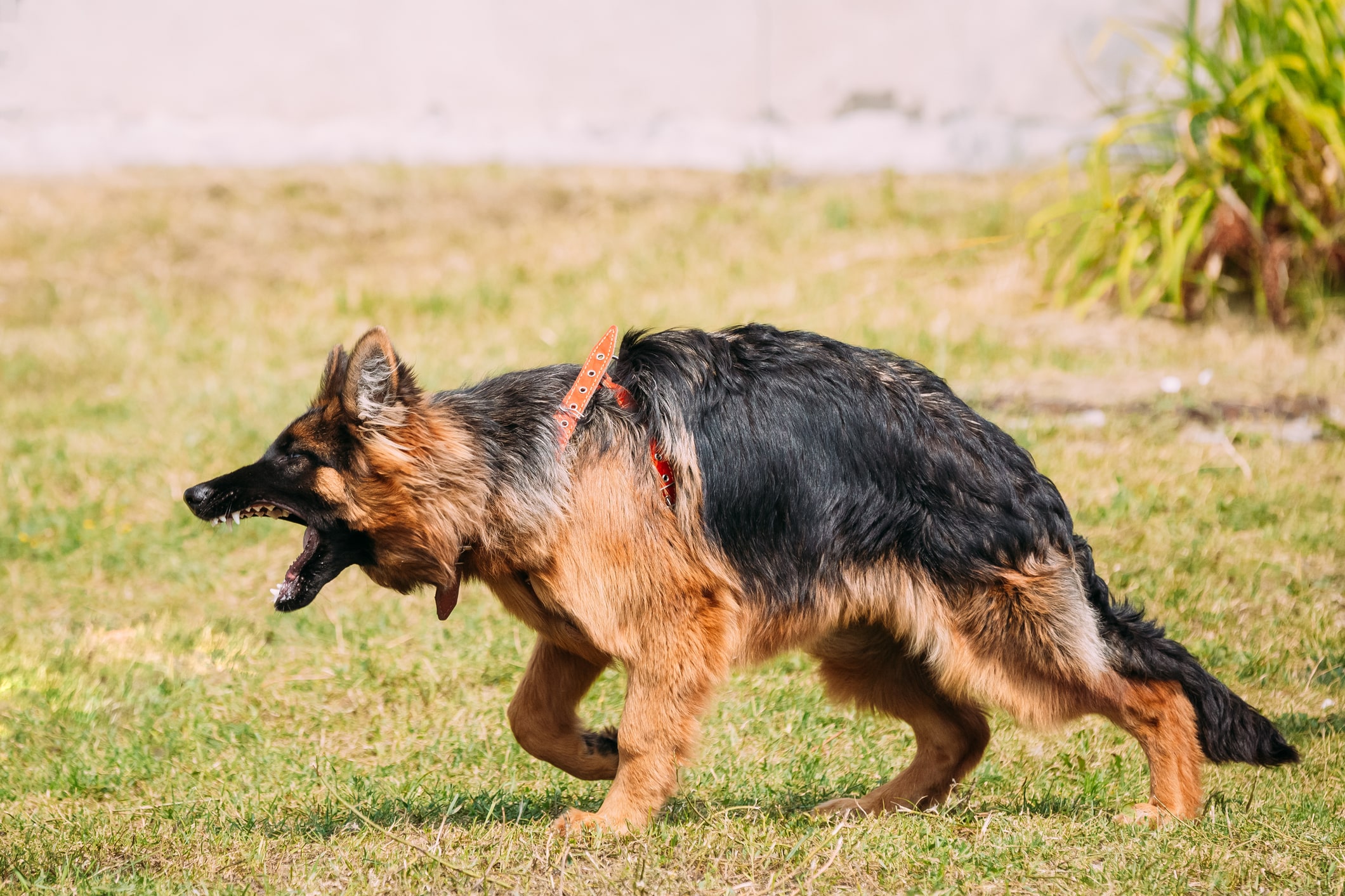If you or someone you know has been bitten by a dog, it is important to seek medical treatment as soon as possible. While some dog bites may appear to be minor and not require immediate attention, there can be serious consequences if the bite is not treated properly. Without prompt treatment, a dog bite can lead to infection, scarring, and even nerve damage. In some cases, the victim may also need to undergo rabies treatment. While this may seem like a lot of hassle for what may initially appear to be a minor injury, it is always better to err on the side of caution when it comes to dog bites.
Continue reading the article to find out about factors on what to do after a dog bite and how to avoid being infected.
Types of Dog Bites
Dog bites are categorized based on their severity:
- Level 1: The canine’s teeth do not make contact with the skin.
- Level 2: A dog’s teeth make contact with the skin but do not rip it.
- Level 3: The skin has between one and four small puncture wounds.
- Level 4: A single bite can cause one to four punctures. There is at least one serious puncture wound.
- Level 5: Numerous bites, some of which caused serious puncture wounds. Possibly the outcome of a dog attack.
How do you treat a dog bite at home?
Quickly evaluate the wound first. Wash the bite as soon as you can with water and soap if there isn’t any blood. Add pressure with a clean cloth to the wound if it is bleeding for about five minutes, till the bleeding stops. Next, use soap and water to wash the affected area. The likelihood of an infection from a dog bite can be reduced by thoroughly flushing the wound with clean water.
To avoid inflammation and swelling, try to maintain the wound site above the heart level. If the incision is open, gently bind it with a fresh piece of clothing.
If at all feasible, request a copy of the dog’s vaccination records from its owner. Your doctor will use this information to determine what type of follow-up care is required. Make an animal control call if a dog is a stray. They’ll make an effort to locate the dog and perform a rabies test.
You can generally safely treat a dog bite at home if it is a Level 1, 2, or 3 bite. Every day, wash the wound and look for infection symptoms including swelling, redness, warmth, an unpleasant odor, or pale discharge.
Symptoms of Dog Bites
You probably have numerous worries if yourself or a loved one has been the casualty of a dog attack. You might be interested in the symptoms of illnesses from dog bites. It’s essential to identify the symptoms of dog bite infections and get medical attention right away in order to stop the illness from getting worse.
Variations in Color
The wound’s color can frequently give hints about how well the condition is recovering. If the dog bite wound has turned red, an infection can be present. A dog bite infection is frequently identified by red streaks of skin that start at the wound area and progress outward.
Warmth and Swelling
An injury to the body, like a dog bite, triggers the immune system to respond. White blood cells & fluids are transported right away to the wound site. This frequently causes warmth and swelling at the location of the cut.
Changes in Sensation
A change in physical sensation following a dog bite would be a crucial symptom to watch out for. It may indicate an infection if the biting wound causes paralysis, tingling, or increased discomfort in the affected area of the body. Get medical help right away if you’ve been bitten by a dog and you’re feeling weak or losing function in the wounded body area.
Fever or Breathing Issues
A dog bite bacteria can spread throughout your body if it isn’t treated right away. Fever, chills, excessive sweating, and breathing difficulties are indications that an infection has started to spread.
Different types of bites
The sort of animal that bit you and the severity of the attack might have a big impact on the bite. Among the most frequent sources of animal bites are:
- cats
- dogs
- wild animals
A pet is much more likely to harm people than a wild animal could be to bite someone.
What complications can occur after a dog bite?
A dog bite can result in a number of complications. A few of these are infections, rabies, injury to the nerves or muscles, and more.
Signs of Infection
- Pain and tightness at the injury site: Each skin cut will initially experience pain, but additional pain that worsens 24 hours after the accident may signify infection.
- Intensified warmth and redness at the bite site: It’s critical to pay attention to the early swelling and redness at the bite site. A new assessment of the injury might be required if and when the warmth and redness start to spread farther from the site. The infection-related redness may spread evenly in a circle surrounding the bite wound or may show up as red lines far from the wound.
- Fluid which appears white or saliva is an obvious sign that the incision isn’t really recovering properly. Increased drainage or perhaps a bad odor is common in infected wounds.
- Pain typically gets worse when an infection gets worse. An injured individual may develop fever when the illness begins to impact the body in general. The body may react by beating quickly and lowering its blood pressure (displaying weakness or tiredness). In case these symptoms worsen, speak with a doctor. Antibiotics and intravenous fluids can be required for healing.
Dog Bite complication
- Pasteurella infection: A dog bite or lick can cause this infection. This bacterial family could be found in dogs’ oral cavities as well as their respiratory systems (and other animals). Each of the following symptoms could indicate this infection:
Skin inflammation, arthritis, sepsis (blood infection), bone infection, meningitis, respiratory infection, abdominal infection, endocarditis, eye infection, necrotizing fasciitis, thyroid inflammation, uti, infections of surgical grafts and infected pregnant women’s fetal death. These are just a few of the illnesses that can cause inflammation.
- Capnocytophaga, an uncommon yet serious infection that can affect humans. Most people who get this virus have been bitten by dogs, although a few people could get it from getting scratched by a dog or from being around dogs (or cat). This infection is caused by a variety of bacteria that can be found in a dog, cat, or human’s oral cavity. This infection may manifest itself in one of the number of ways:
Infections of the skin, fever, endocarditis, pneumonia, gallbladder inflammation, arthritis, severe sepsis (fever, diffuse purpuric lesions, as seen below, low blood pressure, kidney failure, change in mental status, irregular blood clotting), and meningitis are all possible complications (potential risk of hearing loss).
Methicillin-resistant staphylococcus aureus, or MRSA, is a bacteria which lives in people’s noses and on their skin. This bacteria has developed a resistance to antibiotics, making it potentially very challenging to treat when it enters the skin or blood stream. When a dog bites someone, the puncture under the skin can bring bacteria that can cause issues like cellulitis (infection and inflammation in a specific area of the skin) or sepsis if it spreads to the bloodstream (which might harm several organs).
Muscle and nerve injury
Under the epidermis, a deep bite may harm muscles, blood vessels, and nerves. Even though the wound looks to be tiny, such as from dog bite wounds, this can still happen.
Broken bones
Big dogs, like Rottweilers, Pitbull terriers, and German shepherds, can break bones. The bites of large dogs may result in splintered, shattered broken bones, especially in the feet, hands, or legs. If the dog is large or the youngster is small, the dog’s power may pull the person so hard that a joint is strained or the dog’s jaws may break a bone. When assessing injuries, the attack’s method is essential. Depending on how an individual fell and whatever body part was hit or bit, any of the body’s parts could be hurt if they are pulled towards the ground.
Rabies
Rabies is a virus that can be prevented by vaccination and is spread by a bite or scratch, typically from an animal that is infected. The virus eventually “spreads towards the central nervous system,” where it causes “progressive and deadly inflammation of the brain and spine,” as stated by the World Health Organization (WHO).
In contrast to the bacterial infections previously mentioned, rabies is brought on by a virus. The saliva from an animal bite is how rabies is spread (in this situation, a dog bite). Infections with rabies in people are uncommon in the United States. However, they do occur. If exposed, it’s crucial to get the immunization as soon as possible. If left untreated, the time between symptoms and exposure might range from days to years. Once symptoms start to show, they might include fever, chills, tiredness, fatigue, loss of appetite, nausea, sore throat, headache, vomiting, and light sensitivity. Symptoms are also extremely vague and can come and go. The complications, which include unusual sensations (burning, itching, numbness, and tingling), encephalopathy, paralysis (being unable to breath or move), abnormal movements, throat spasms, seizures, sweating, diminished or increased body temperature, drooling, irritability, and hallucinations, become much more severe after a few days or a week of these symptoms.
Tetanus
Tetanus is an infection caused by bacteria. In America, giving children vaccinations on a regular basis is unusual. Adults need to take tetanus shots every ten years.
Scarring
Sadly, most dog attacks result in injuries that leave the person permanently scarred, deformed, or maimed. Serious dog bites can result in wounds including lacerations, open wounds, and avulsions, or even the skin being torn away. Some victims—especially children—experience these wounds on their face and other visible, sensitive areas. In order to reduce the extent of the scars and disfigurement caused by a dog attack, victims may need stitches, plastic surgery, skin grafts, or other treatments. However, a victim may have scars that last a lifetime.
Death
Annually, there are extremely few dog bite-related fatalities in the US. About 70% of fatalities involving dog bites that do occur involve children under the age of ten.
How to stop an infection
Dog bites may lead the body to contract dangerous bacteria. If left untreated, it can lead to infections which are severe and sometimes fatal.
When bitten, it’s imperative to clean the area as soon as possible and use topical medications, like povidone iodine, on the ripped skin.
Replace daily and maintain the wound wrapped with bandages.
Keep an eye out for any signs of infection in the cut. Starting symptoms can happen anywhere between 24 hours to 14 days in advance of being bitten, according to the kind of disease.
The body may swiftly get an infection. If you experience any signs of an infection, see a doctor right away. It could be necessary to take oral or injectable antibiotics.
You’ll most likely have to take any antibiotics prescribed by your doctor for one to two weeks. Continue taking the prescription even if the infection appears to be completely under control.
Do you need a rabies shot?
You should obtain a rabies shot if you are bitten by a dog which exhibits rabies symptoms, such as acting strangely or foaming in the mouth.
When receiving prompt medical attention, rabies, a potentially lethal condition, can be completely avoided.
Thanks to massive vaccines and preventative campaigns, rabies on humans is uncommon in the USA and rarely carried by dogs. Receiving this rabies post-exposure vaccine stands to reason if either you or your doctor ever had any fears that you may have acquired rabies through a dog bite.
Four shots are administered in succession over the period of several weeks to administer the vaccine. The course of treatment also includes receiving an extra injection of rabies vaccine.
Outlook
Ignoring dog bites can result in significant problems and are alarming.
It’s crucial to get medical attention right away if you notice any infection symptoms because infectious diseases are a frequent side effect of dog bites.
Your best line of defense from dog bites as well as the difficulties they can cause is rabies vaccination for your dog and avoiding dogs you don’t know. No matter how cute a dog may seem, never befriend a dog you don’t know.
Additionally, refrain from playing aggressively with dogs, even those you are familiar with. Additionally, it makes sense to “leave sleeping dogs to rest” and never to bother a dog who is feeding or taking care of puppies.
Contact a dog bite lawyer in Las Vegas
Given the chances of a bacterial infection, every dog bite injuries needs to be treated seriously. If you want to seek compensation for medical bills, make sure to talk to an attorney.
In terms of dog bites, Nevada adheres to a strict liability standard, which means that if a dog bites someone else, the owner is usually always liable. It doesn’t matter if the dog was provoked or has a violent history.
You shouldn’t be required to pay for harm brought on by a careless dog owner. Turn to Dog Bite King for expert legal advice from a committed local dog bite attorney if you need action and assistance holding a negligent owner accountable. We’ll put in a lot of effort to assist you in seeking the compensation you require to recover from a dog bite both physically and psychologically.
For more details and questions regarding your compensation or services, our team will be happy and delighted to assist you with your rights for your dog bite injuries. Don’t hesitate to message or call us (702) 364-2483.


